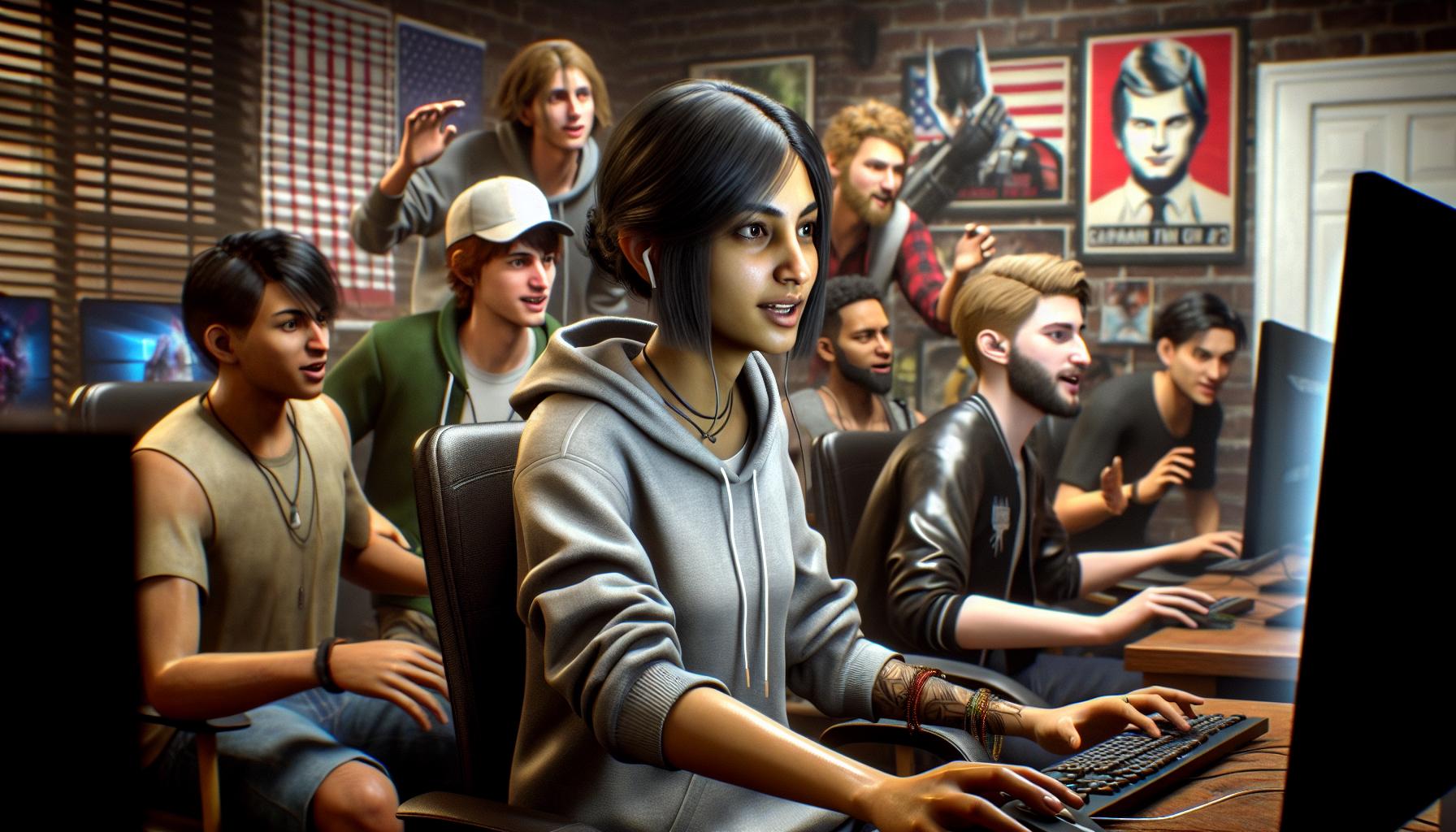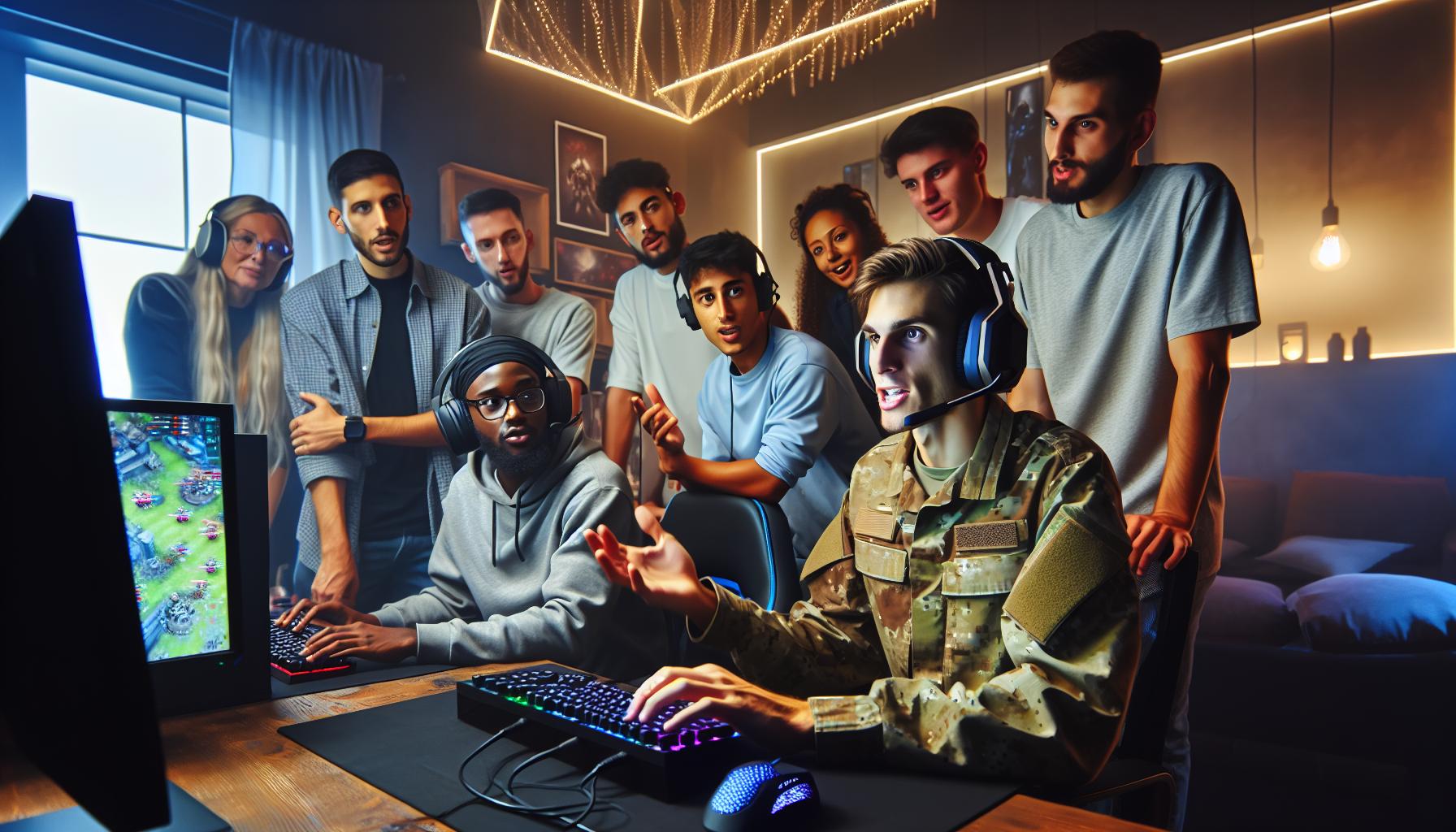In the vibrant world of gaming, players often encounter a range of behaviors that can drastically alter their experience. One term that frequently pops up is “griefing.” It refers to actions taken by players to intentionally disrupt or annoy others, turning what should be a fun and immersive experience into a frustrating ordeal. Whether it’s sabotaging teammates or exploiting game mechanics, griefing can impact not just individual players but entire communities.
Understanding griefing is crucial for anyone who spends time in online games. It’s not just about identifying bad behavior; it’s about fostering a better gaming environment. By exploring what griefing means, I’ll uncover its various forms and discuss how it affects gameplay. This insight can help players navigate their gaming journeys with more awareness and resilience.
Key Takeaways
Definition of Griefing: Griefing is the intentional disruption or annoyance of other players in gaming, significantly altering the overall experience.
Common Forms: Key griefing tactics include kill stealing, team killing, spawn camping, and resource sabotage, each affecting gameplay in distinct ways.
Emotional Impact: Griefing can lead to frustration, anger, and helplessness among players, diminishing their enjoyment and motivation within the game.
Community Response: Gaming communities actively advocate for reporting systems and organize awareness events to combat griefing and foster a respectful environment.
Addressing Griefing: Effective prevention strategies and user-friendly reporting systems are crucial for managing griefing incidents and promoting positive gaming experiences.
What Does Griefing Mean in Gaming
Griefing refers to the act of intentionally causing disruption or annoyance to other players in a video game. Griefers employ various tactics to achieve this, often targeting specific players or entire teams. The motivations behind griefing can range from seeking attention to creating chaos and frustration.
Common Forms of Griefing
- Kill Stealing: Griefers can disrupt gameplay by killing opponents just before another player can secure the kill. This undermines the effort and strategy of teammates.
- Team Killing: Griefers may intentionally harm or kill their own teammates. This not only demoralizes the team but also leads to frustration in cooperative gameplay.
- Spawn Camping: Griefers often wait in specific areas to kill players as they respawn, preventing them from re-entering the game effectively.
- Resource Sabotage: Griefers can hinder progress by destroying resources needed for gameplay, leading to setbacks for other players.
Impact of Griefing
Griefing negatively affects the player experience, often leading to feelings of frustration and helplessness. It can tarnish the reputation of gaming communities and drive players away from certain games. Understanding the different types of griefing allows gamers to recognize disruptive behavior and respond accordingly, thereby creating a more positive gaming environment.
Addressing Griefing
Recognizing griefing behavior equips players to take action. Reporting griefers through in-game systems helps developers track and manage disruptive players. Additionally, finding supportive communities or utilizing block features can enhance personal gaming experiences, minimizing the impact of griefers.
Types of Griefing

Griefing manifests in various forms, impacting gameplay in distinct ways. Understanding these types can help players recognize and address disruptive behaviors effectively.
Player vs. Player
Player vs. Player (PvP) griefing involves actions aimed directly at other players to disrupt their experience. Common tactics include:
- Kill Stealing: Taking the final shot on an enemy that another player is fighting for the sole purpose of denying them credit.
- Team Killing: Intentionally harming or eliminating members of one’s own team, which can lead to frustrations and unbalanced gameplay.
- Spawn Camping: Positioning oneself strategically near a respawn point to eliminate players immediately upon re-entering the game, hindering their ability to play effectively.
- Harassment: Engaging in persistent and aggressive behavior towards another player, disrupting not just their gameplay but also their enjoyment.
Environmental Griefing
Environmental griefing involves manipulating the game world or environment to create disadvantages for other players. Key examples include:
- Resource Sabotage: Destroying or hoarding crucial resources, such as health packs or weapons, preventing other players from accessing them.
- Blockades: Constructing obstructions that hinder movement, making navigation difficult and frustrating for others.
- Map Exploits: Using glitches or programming flaws to gain unfair advantages, such as evading combat or accessing unintended areas.
- Destruction of Assets: Intentionally damaging shared items or bases, leading to setbacks for allied players.
Recognizing these griefing types equips players to handle disruptive actions, ultimately aiming for a more enjoyable gaming experience.
Impact of Griefing on Gameplay

Griefing significantly disrupts the overall gaming experience, leading to both emotional and communal repercussions. Understanding these impacts enhances awareness and fosters a healthier gaming atmosphere.
Emotional Consequences
Griefing creates various emotional challenges for players. Many experience frustration, anger, and helplessness, leading to increased stress levels. Repeated encounters with griefers can result in diminished enjoyment of the game. Players may feel isolated, as continuous disruption erodes the spirit of collaboration and camaraderie. Loss of motivation to participate in the game often occurs, affecting not only individual players but also their ability to connect with others in the gaming community.
Community Reactions
Communities often react strongly to griefing incidents. Many players advocate for reporting systems to address disruptive behavior, striving to maintain a respectful and enjoyable environment. Some gaming communities organize events to raise awareness and combat griefing through education and support. In more severe cases, communities may implement bans or kick players who frequently engage in this behavior, promoting accountability. These reactions can strengthen community bonds by collectively combating the negative impact of griefing and reinforcing positive interactions.
Addressing Griefing in Games

Addressing griefing requires proactive measures from both players and gaming communities. Implementing various strategies for prevention and reporting enhances the overall gaming experience.
Prevention Strategies
Prevention strategies focus on minimizing griefing before it occurs. Educating players about acceptable behavior is essential. Setting clear guidelines can help create a positive gaming environment. Encouraging teamwork fosters a sense of community and reduces the likelihood of griefing behaviors. Utilizing game settings such as private matches limits interactions with potential griefers. Additionally, developers can integrate anti-griefing mechanics, such as cooldown periods for disruptive actions, to deter harmful behavior. By fostering awareness and promoting respectful gameplay, communities can significantly reduce instances of griefing.
Reporting Systems
Reporting systems serve as crucial tools for managing griefing. Many games feature built-in reporting mechanisms that allow players to report disruptive actors quickly. Implementing user-friendly reporting systems encourages players to take action against griefers without fear of backlash. It’s vital for developers to respond to reports consistently, applying appropriate penalties to offenders. Transparency in the reporting process builds trust within the community. Additionally, providing feedback on reported cases boosts player confidence in the system. By maintaining effective reporting systems, gaming companies promote a healthier, more enjoyable gaming environment.
Recognizing Disruptive Behaviors
Griefing is a significant issue that can overshadow the joy of gaming. By understanding its various forms and impacts, I can better navigate my gaming experiences and contribute to a healthier community. Recognizing disruptive behaviors empowers me to take action and seek support when needed.
As players, we hold the responsibility to foster a positive environment. By advocating for accountability and utilizing available tools, I can help combat griefing and enhance the overall gaming experience for everyone. Together, we can create a space where fun and collaboration thrive, making gaming enjoyable for all.